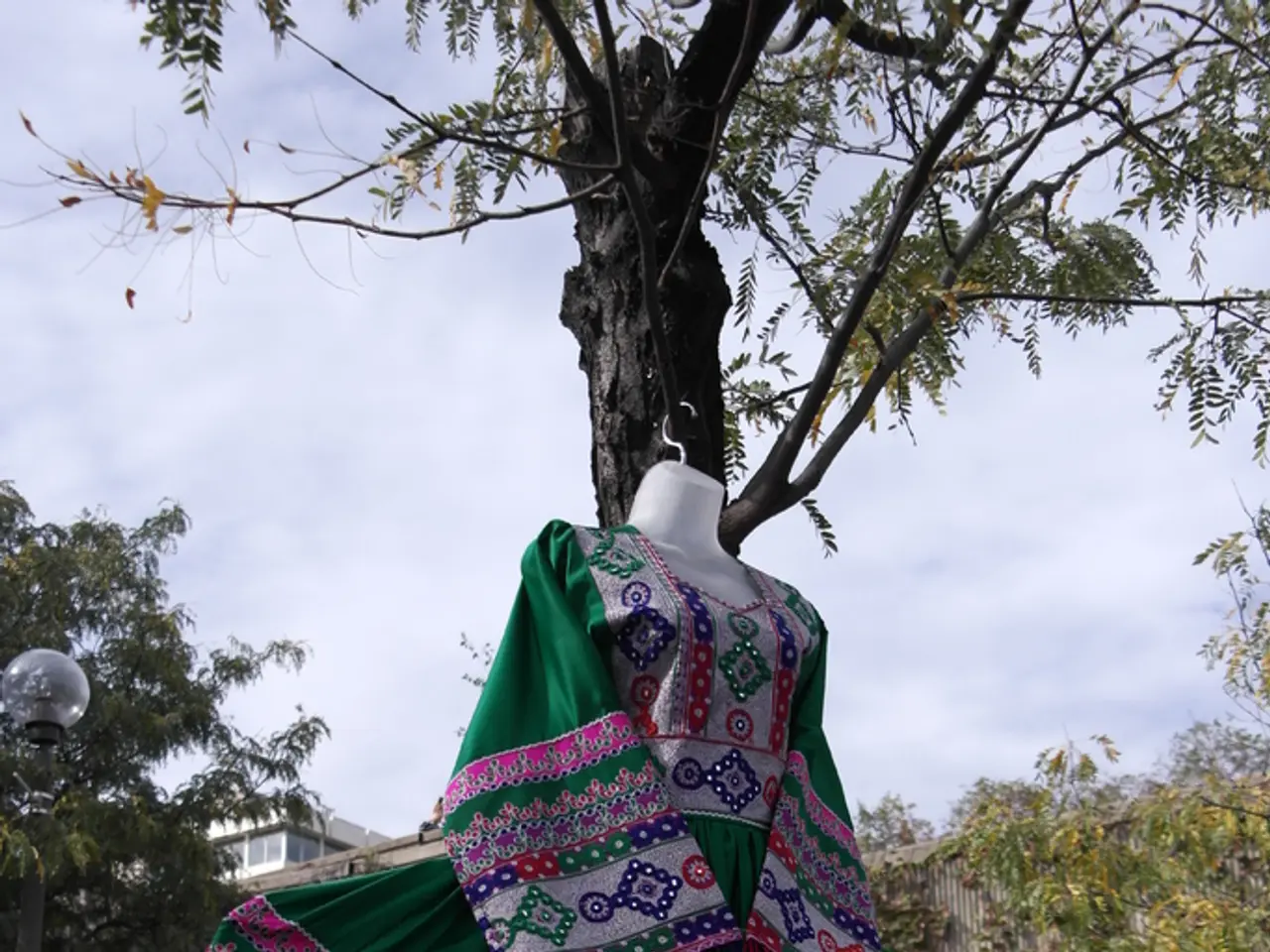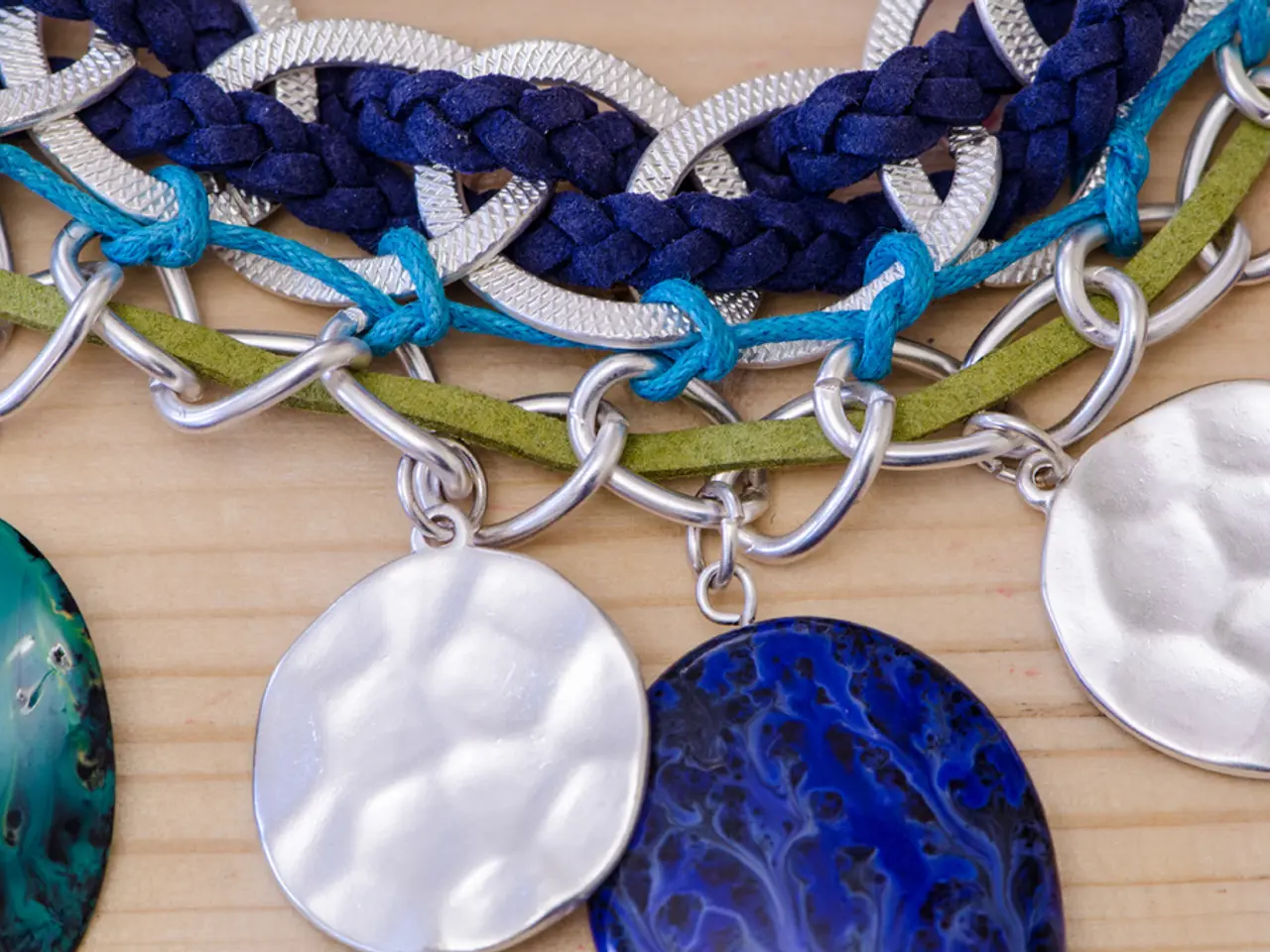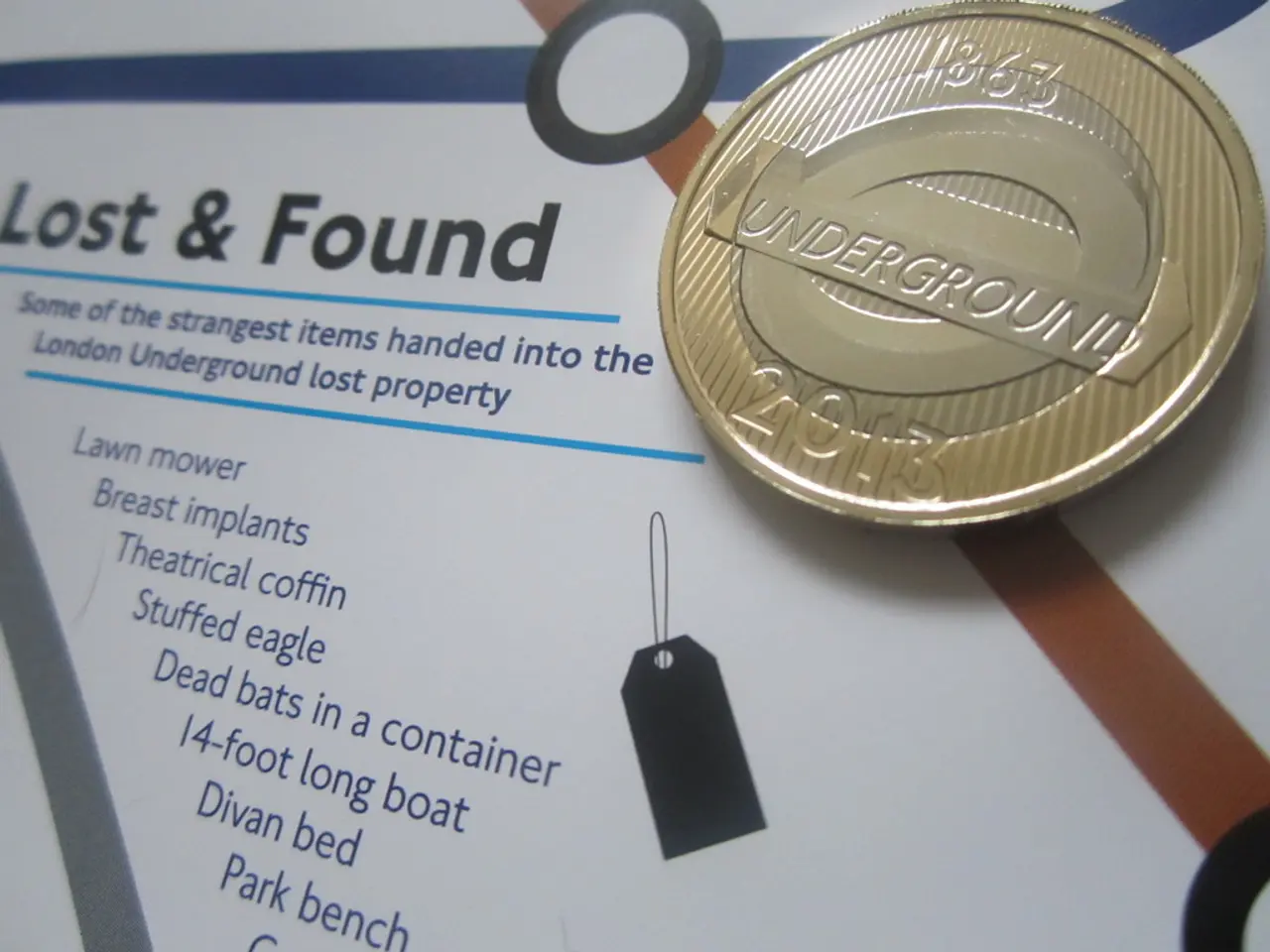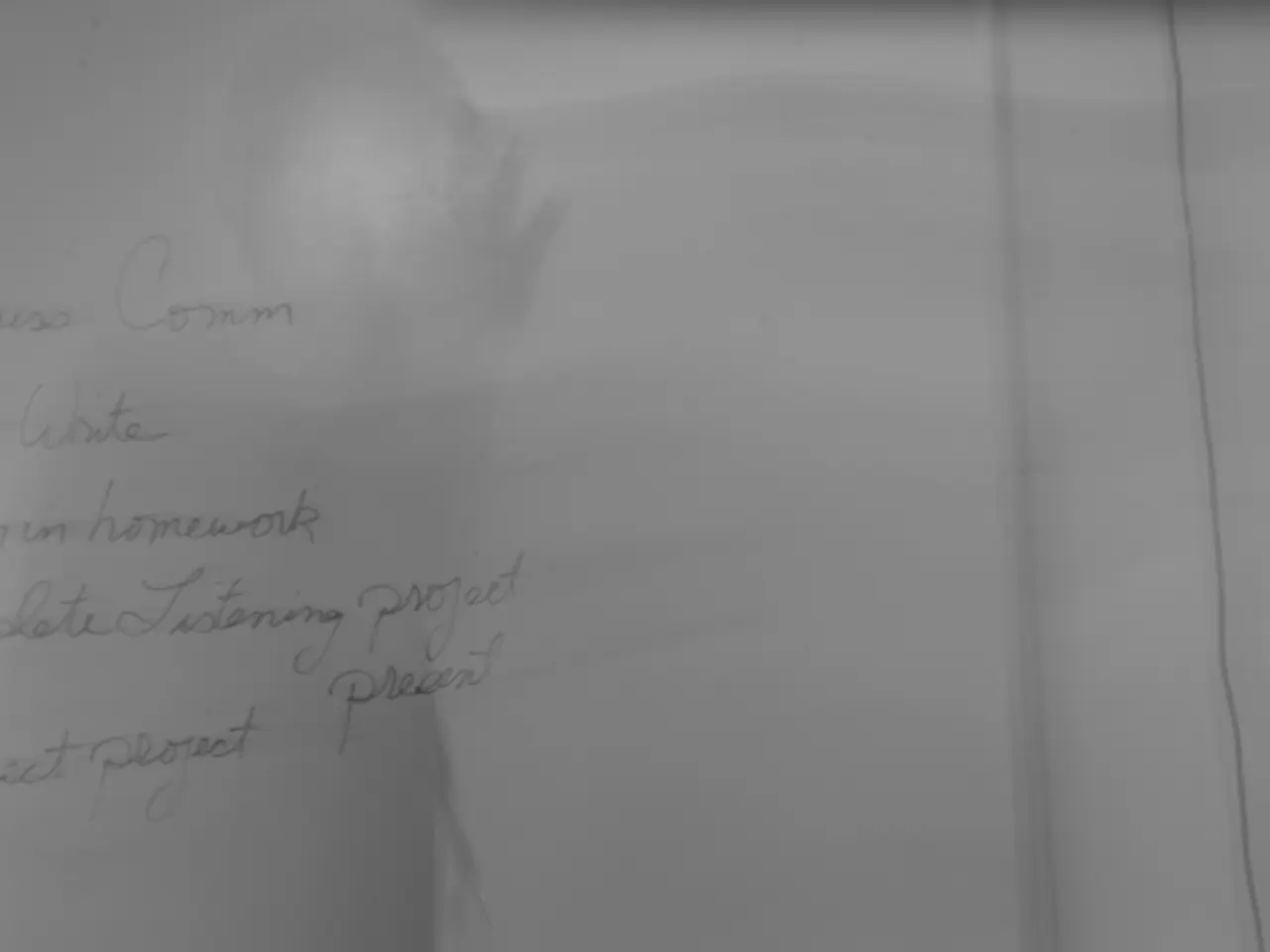Unveiling the Financially and Socially Detrimental Impacts of Clothing Manufacturing
In the world of fashion design, the focus is often on the direct production costs, but there are several other expenses that new designers should not overlook. These hidden costs can significantly increase the total investment beyond the initial budget.
One of the often overlooked costs is inventory storage and management. If a designer chooses not to dropship, they will have to pay for warehousing space and potentially inventory management software or staff as orders grow.
Another expense that is frequently underestimated is packaging and branding materials. Custom packaging to enhance the brand experience, such as branded boxes, tissue paper, tape, price tags, and labels, can add up substantially.
Designers also face shipping costs beyond shipping finished products to customers. Sending raw materials or prototypes to manufacturers can be costly, especially when dealing with multiple vendors.
Licensing design software or paying third-party designers adds to the costs, as does marketing and promotion. Payroll for marketing staff, social media campaigns, working with influencers, and advertising expenses are frequently underestimated.
Operational expenses like utilities, platform subscriptions for selling online, and logistics tools may also be overlooked. Quality control and samples, extra rounds of prototyping, samples, and quality testing, often exceed initial estimates.
Minimum order quantities (MOQs) can force designers to buy more than they'll use, leading to leftover inventory or expensive waste. Sample revisions and pattern changes can trigger additional patternmaking fees or labor costs and should be treated as a separate line item in the budget.
Production delays can result in rush fees and expedited shipping costs. A thorough review process for marketing-ready assets may seem inconvenient now but is far less inconvenient than stoppages and expenses down the line.
To avoid these issues, it's essential to plan for at least two to three rounds of sampling and work with a team that prioritizes collaboration and clarity. It's also recommended to reach out to experienced production partners who can help minimize potential delays and teach how to steer around bottlenecks.
Professional-grade product photography, lookbooks, and branded packaging should be part of the clothing manufacturing cost estimation. Pre-production services such as tech packs, grading, digitizing patterns, and fit testing are essential but often come with their own price tags. Fit models and sample fittings are often required more than once as part of an overall campaign and should be budgeted for.
Quality control checks are essential to catch production errors early and avoid expensive fixes. Sourcing involves hunting down fabrics, trims, buttons, linings, and often ordering from multiple vendors, which can lead to shipping, customs, and courier fees.
To simplify the process, launch with confidence, and avoid these hidden costs, consider full-package production offered by some companies. Reach out to our company for help turning your vision into a fully costed plan. Look for partners who support low-volume runs to avoid the trap of MOQs and leftover inventory.
- When overseeing fashion design, it's important to account not just for direct production costs, but also for inventory storage costs, warehouse space, inventory management software or staff, and packaging materials like custom boxes, tissue paper, tape, price tags, and labels.
- Another expensive aspect often overlooked is shipping costs, which include sending raw materials or prototypes to manufacturers, as well as shipping finished products to customers.
- In addition to production costs, there are operational expenses such as utilities, platform subscriptions for online sales, logistics tools, quality control checks, and patternmaking fees or labor costs associated with sample revisions and pattern changes.
- To minimize hidden costs and ensure a successful fashion-and-beauty business, it's advisable to collaborate with an experienced production partner, plan for at least two to three rounds of sampling, and consider full-service production packages from some companies that include services like professional-grade product photography, lookbooks, branded packaging, pre-production services, and quality control checks.




